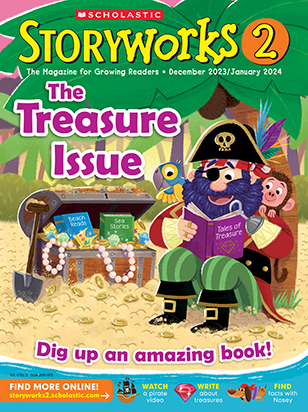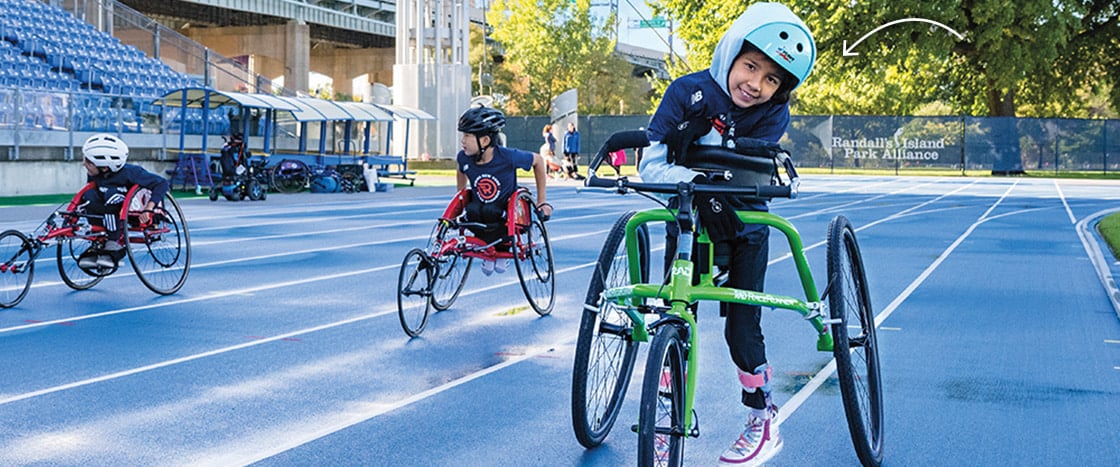Penelope stood at the starting line. She had been practicing for this race for months. She wore her blue team T-shirt. Her helmet was snug on her head. Her feet were on the ground. She held on to her frame runner handlebars. She was ready.
This race was important. It was 100 meters, and she needed to run it in 2 minutes and 8 seconds or less. If she did, she could go to Junior Nationals. Kids from all over the country would be there to compete.
BOOM! A gun went off. That meant the race had begun!
Penelope was off and running. Her frame runner helped her go. She focused. One step at a time.
Before she knew it, she had crossed the finish line. She looked up at the scoreboard. There was her name and how long it had taken her to run.
She had run the race in 1 minute and 46 seconds. She had done it! She had qualified for Junior Nationals!
It was race day. Penelope stood at the starting line. She had been practicing for months. She had her helmet on her head. Her feet were on the ground. She held on to her frame runner handlebars. Penelope was ready.
This race was important. It was 100 meters. She needed to run in less than 2 minutes and 8 seconds. If she did, she could go to Junior Nationals. Kids from all over the country would be at Junior Nationals.
A gun went off. The race started!
Penelope was running. Her frame runner helped her go. She focused—one step at a time.
Before she knew it, she had crossed the finish line. She looked at the scoreboard. She saw her name. She saw her time. She had run the race in 1 minute and 46 seconds. She had done it! Penelope was going to Junior Nationals!
Penelope stood at the starting line. She had been practicing for this race for months. She wore her blue team T-shirt, and her helmet was snug on her head. Her feet were on the ground. She held on to her frame runner handlebars—she was ready.
This race was important. It was 100 meters, and she needed to run it in 2 minutes and 8 seconds or less. If she did, she could go to Junior Nationals, where kids from all over the country compete.
BOOM! A gun went off—the race had begun!
Penelope was off and running, supported by her frame runner. She focused on taking one step at a time.
Before she knew it, she had crossed the finish line. She looked up at the scoreboard, and there was her name and time. She had run the race in 1 minute and 46 seconds. She had done it—she had qualified for Junior Nationals!

